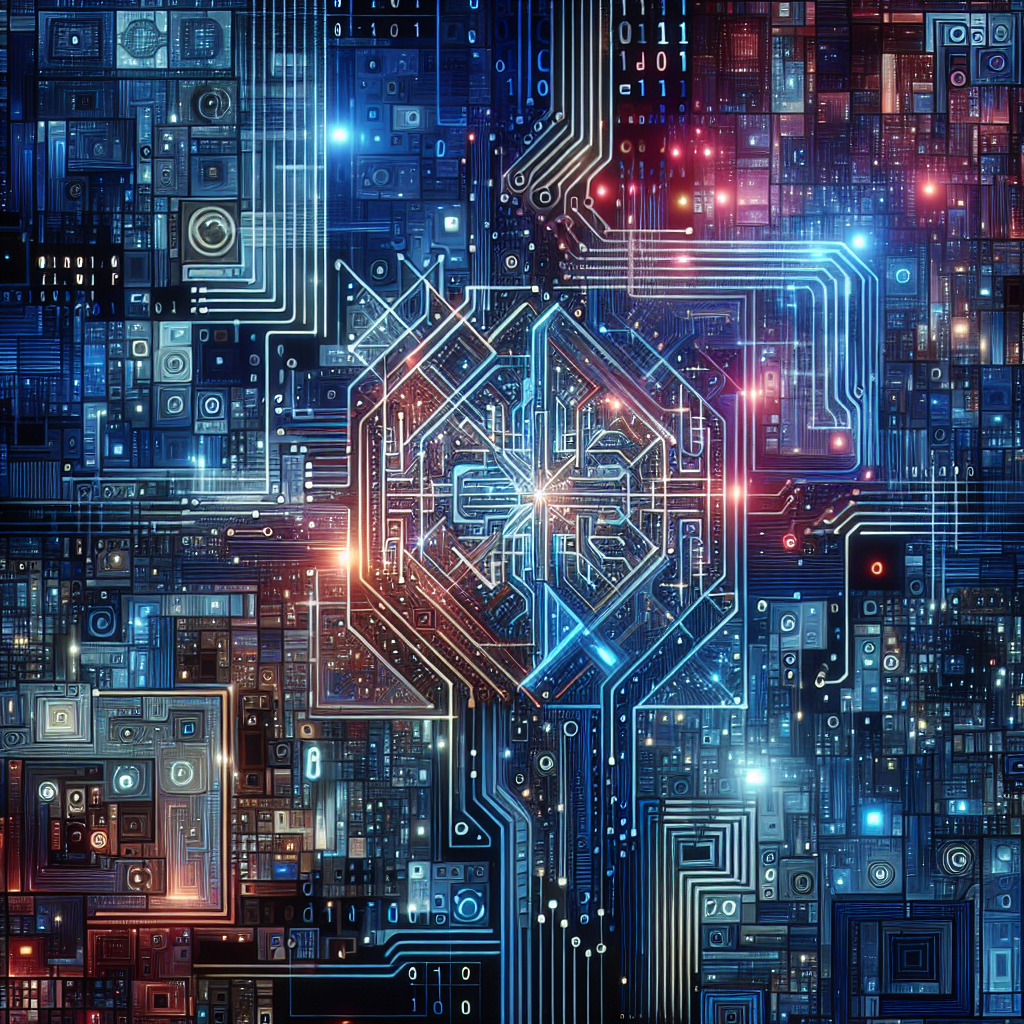Recurrent Neural Networks (RNNs) have been a key technology in the field of artificial intelligence and machine learning for the past decade. They have been used in a wide range of applications, from natural language processing to speech recognition to time series analysis. However, as with any technology, RNNs are constantly evolving, and researchers are always looking for ways to improve their performance and capabilities.
In recent years, there have been several trends and opportunities that are shaping the future of RNNs. One of the most significant trends is the development of more powerful and efficient RNN architectures. Traditional RNNs have limitations in terms of their ability to capture long-term dependencies in data, due to the vanishing gradient problem. To overcome this issue, researchers have developed new architectures such as Long Short-Term Memory (LSTM) and Gated Recurrent Units (GRUs), which have been shown to be more effective at capturing long-term dependencies in data.
Another trend in the development of RNNs is the use of attention mechanisms. Attention mechanisms allow the model to focus on specific parts of the input data that are most relevant for making predictions, rather than processing the entire input sequence at once. This can lead to significant improvements in performance, especially in tasks such as machine translation and image captioning.
Furthermore, there is an increasing focus on developing RNN architectures that are more robust and interpretable. Robustness is important for ensuring that the model performs well on unseen data, while interpretability is crucial for understanding how the model makes its predictions. Researchers are exploring methods for incorporating uncertainty estimates into RNNs, as well as techniques for visualizing and explaining the model’s predictions.
In terms of opportunities, there are several areas where RNNs can be applied to make a significant impact. One promising opportunity is the use of RNNs in healthcare, where they can be used to analyze medical data and assist in diagnosis and treatment decisions. RNNs have also been used in finance for predicting stock prices and detecting anomalies in financial data.
Another exciting opportunity for RNNs is in the field of autonomous vehicles. RNNs can be used to process sensor data and make real-time decisions, such as detecting pedestrians and other vehicles on the road. This has the potential to greatly improve the safety and efficiency of autonomous vehicles.
Overall, the future of recurrent neural networks looks bright, with ongoing research and development efforts focused on improving their performance, robustness, and interpretability. With the continued advancements in RNN technology, we can expect to see even more innovative applications in a wide range of industries in the coming years.
#Future #Recurrent #Neural #Networks #Trends #Opportunities,rnn


Leave a Reply